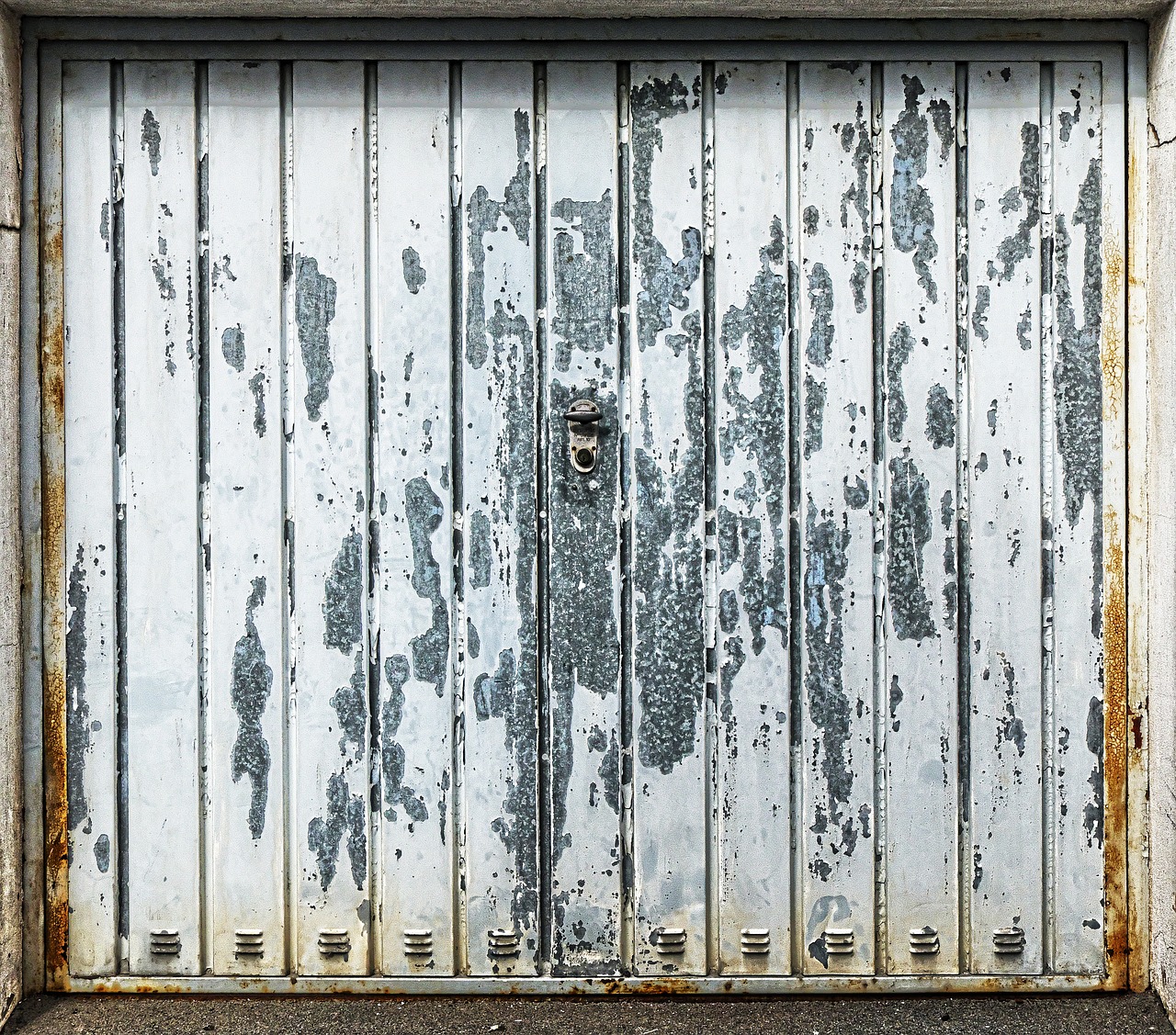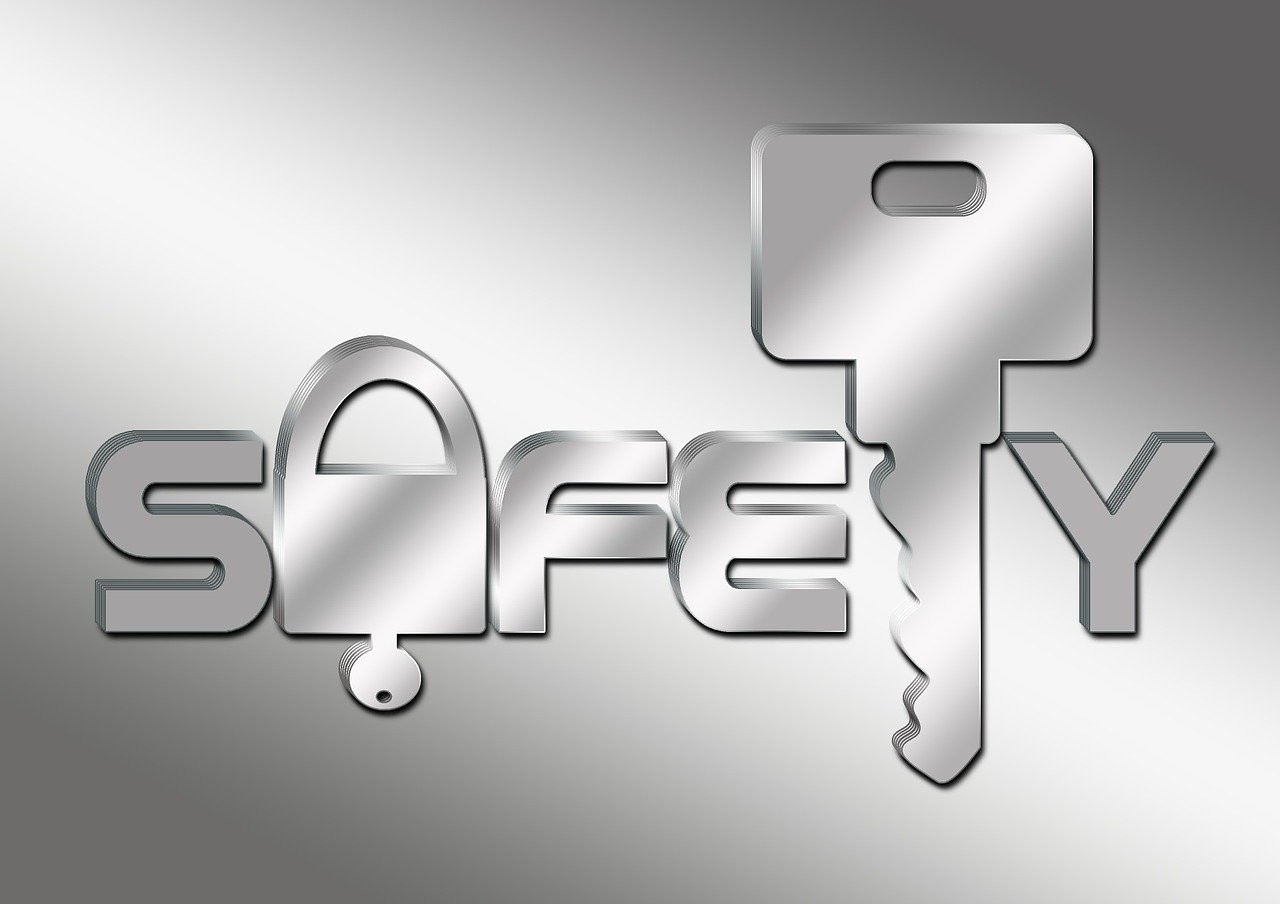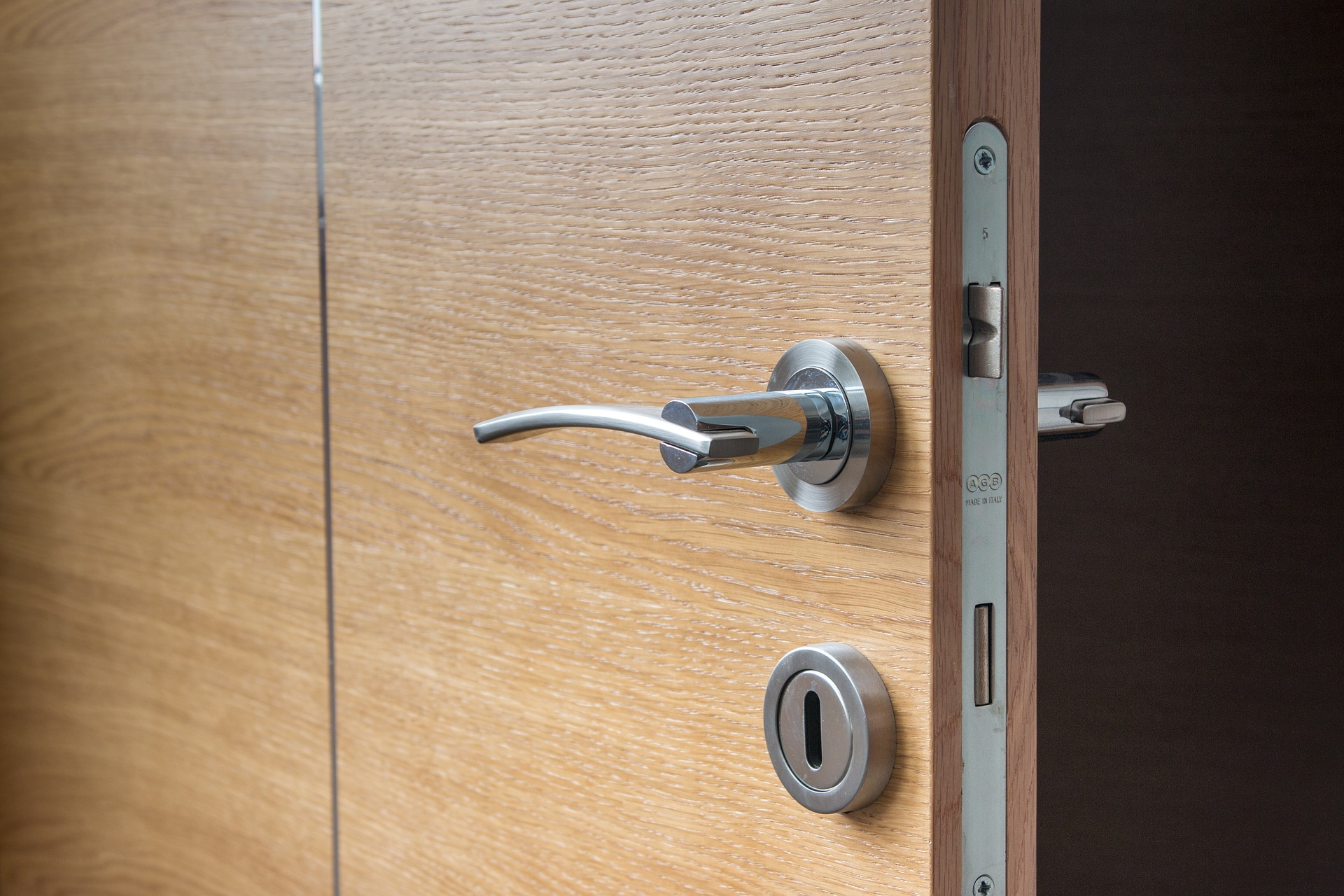
Lock Snapping, Secure Lock Cylinders
- Introduction
- Understanding Lock Snapping
- The Risks of Lock Snapping
- Types of Lock Cylinders
- Standard Cylinders
- Anti-Snap Cylinders
- How Lock Snapping Occurs
- Method of Attack
- Vulnerable Locks
- Choosing Anti-Snap Lock Cylinders
- Key Features to Look For
- British Standard Kitemark
- Benefits of Anti-Snap Lock Cylinders
- Enhanced Security
- Peace of Mind
- Installation and Maintenance of Anti-Snap Locks
- Professional Installation
- Regular Maintenance
- Additional Security Measures
- Security Door Handles
- Door Reinforcements
- Security Alarms
- Conclusion
- FAQs
Lock Snapping: Choosing the Most Secure Lock Cylinder
Lock snapping has become an increasing concern for homeowners due to the rise in burglaries and forced entries. Criminals have discovered a method to quickly and silently break into homes by exploiting vulnerabilities in standard lock cylinders. In this article, we will delve into the world of lock snapping, understand its risks, and explore the options available for the most secure lock cylinder to protect your property.
Introduction
Securing your home is of paramount importance, and the lock cylinder plays a crucial role in preventing unauthorized access. Traditional lock cylinders are vulnerable to a technique known as lock snapping, which allows intruders to gain entry within seconds. To safeguard your home and loved ones, it is essential to choose the right lock cylinder that offers advanced protection against lock snapping.
Understanding Lock Snapping
Lock snapping is a method commonly employed by burglars to bypass traditional cylinder locks. It involves applying force to the cylinder, causing it to snap in a vulnerable area. This technique enables the intruder to manipulate the lock and gain access to the property quickly. Lock snapping requires minimal skill or tools, making it a popular choice among criminals.
The Risks of Lock Snapping
The risks associated with lock snapping are significant. Burglars can enter your property effortlessly, leaving you and your belongings vulnerable to theft and intrusion. The method is quick, quiet, and requires minimal effort, making it an attractive option for criminals looking to exploit weaknesses in home security.
Types of Lock Cylinders
When it comes to lock cylinders, not all are created equal. Understanding the different types available will help you make an informed decision when choosing the most secure lock cylinder for your home.
Standard Cylinders
Standard cylinders, also known as Euro-profile cylinders, are the most common type found in residential properties. While they provide a basic level of security, they are susceptible to lock snapping attacks due to their design and materials.
Anti-Snap Cylinders
Anti-snap cylinders are specifically designed to withstand lock snapping attacks. These cylinders feature additional security measures that make them significantly more resistant to forced entry. They are an excellent choice for enhancing the security of your home.
How Lock Snapping Occurs
To protect your home effectively, it is crucial to understand how lock snapping occurs and the vulnerabilities it exploits.
Method of Attack
Lock snapping involves applying force to the cylinder, causing it to snap in a weak spot. Once the cylinder is compromised, the intruder can manipulate the remaining pieces to unlock the door. This method is swift and silent, allowing burglars to gain entry without drawing attention.
Vulnerable Locks
Certain types of locks are more vulnerable to snapping than others. Typically, locks with exposed cylinders that extend beyond the handle or escutcheon are easier targets for burglars. Additionally, low-quality cylinders or those lacking anti-snap features are more susceptible to this attack.
Choosing Anti-Snap Lock Cylinders
When selecting anti-snap lock cylinders, there are several key features to consider that will ensure maximum security for your home.
Key Features to Look For
Look for lock cylinders that have the following features:
- Anti-Snap Lines: Anti-snap lines make it challenging for intruders to grip and snap the cylinder.
- Break-Secure Design: A break-secure design ensures that if a cylinder does snap, the remaining section stays in place, preventing entry.
- Anti-Drill Protection: Choose cylinders that incorporate anti-drill pins and hardened materials to resist drilling attempts.
- Anti-Pick Features: Look for cylinders with anti-pick pins and advanced keyway configurations to deter picking attempts.
- Anti-Bump Technology: Cylinders equipped with anti-bump technology provide added protection against bumping, another common break-in method.
British Standard Kitemark
When choosing anti-snap lock cylinders, look for the British Standard Kitemark. This certification indicates that the lock cylinder meets the required security standards and has been independently tested for its resistance against lock snapping.
Benefits of Anti-Snap Lock Cylinders
Investing in anti-snap lock cylinders offers several benefits, providing enhanced security and peace of mind.
Enhanced Security
Anti-snap cylinders significantly reduce the risk of lock snapping attacks, making it significantly more challenging for burglars to gain unauthorized access to your property. The additional security features incorporated into these cylinders offer robust protection against forced entry methods.
Peace of Mind
Knowing that your home is equipped with the most secure lock cylinder available can bring peace of mind. Anti-snap cylinders provide an added layer of security, deterring criminals and ensuring the safety of your home and loved ones.
Installation and Maintenance of Anti-Snap Locks
Proper installation and regular maintenance are vital to ensuring the effectiveness of anti-snap locks.
Professional Installation
To maximize the security benefits, it is recommended to have anti-snap lock cylinders installed by a professional locksmith. They have the expertise and knowledge to ensure the locks are correctly fitted and aligned, minimizing the risk of vulnerabilities.
Regular Maintenance
Maintaining your anti-snap locks is essential for long-term effectiveness. Clean and lubricate the lock cylinders regularly, and inspect them for any signs of wear or damage. If any issues are identified, contact a professional locksmith to address them promptly.
Additional Security Measures
While anti-snap lock cylinders provide significant protection, combining them with additional security measures further enhances the security of your home.
Security Door Handles
Invest in security door handles that feature reinforced construction and anti-drill properties. These handles provide an additional barrier against forced entry attempts.
Door Reinforcements
Installing door reinforcements, such as metal plates or security chains, can further strengthen the door’s resistance to break-ins. These reinforcements distribute force evenly, making it more challenging for intruders to gain access.
Security Alarms
Integrating a security alarm system into your home security setup adds an extra layer of protection. Alarms act as a deterrent, alerting you and the authorities in the event of an intrusion attempt.
Conclusion
Lock snapping is a real threat that homeowners should not overlook. By understanding the risks associated with lock snapping and investing in anti-snap lock cylinders, you can significantly improve the security of your property. Choose cylinders with robust anti-snap features, look for the British Standard Kitemark, and consider additional security measures for comprehensive protection. Take the necessary steps today to safeguard your home and enjoy peace of mind.
FAQs
- Q: Are anti-snap lock cylinders compatible with all types of doors?
- A: Yes, anti-snap lock cylinders are available in various sizes and can be installed on different types of doors, including uPVC, composite, and wooden doors.
- Q: Can I install anti-snap lock cylinders myself?
- A: While it is possible to install lock cylinders yourself, it is recommended to hire a professional locksmith for proper installation and alignment to ensure maximum security.
- Q: Do anti-snap lock cylinders require any special maintenance?
- A: Anti-snap lock cylinders require regular maintenance, such as cleaning and lubrication, to ensure smooth operation. Inspect them periodically for signs of wear or damage.
- Q: Will anti-snap lock cylinders completely eliminate the risk of break-ins?
- A: While anti-snap lock cylinders significantly reduce the risk of break-ins, no security measure can guarantee absolute protection. They are an essential part of a comprehensive home security system.
- Q: Where can I purchase anti-snap lock cylinders?
- A: Anti-snap lock cylinders can be purchased from reputable locksmiths, hardware stores, or online retailers specializing in home security products.
continue reading
Related Posts
Garage Doors and Heavy-Duty Shutter Locks for Extra Security Table […]
Table of Contents Introduction Why Losing Your Keys Can Be […]








